There are four main types of weather that often discourage photographers from even attempting what might be some of their greatest work: extreme cold, extreme heat, extreme moisture, and extreme wind. While each of these has probably at one time or another discouraged even the best of us from going out to shoot, they also present unique photo opportunities simply because so few of us want to take the effort.
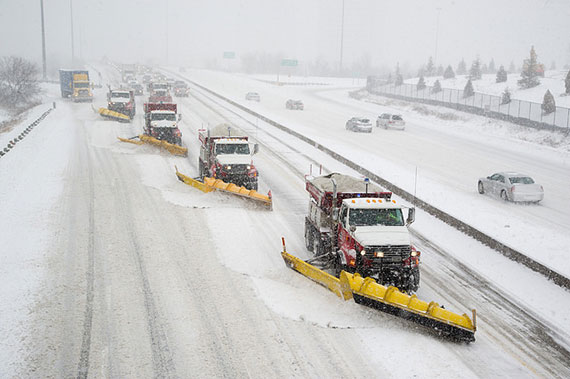
Photo by The City of Toronto; ISO 1000, f/9.0, 1/800-second exposure.
Before tackling each of these areas let me suggest one thing that could help in all of them. The perfect camera bag is not a camera bag. The ideal bag is a coat with many pockets—or if you can afford it, a camera vest. Why? They keeps film or blank media close to you (keeping them warm and dry), they’re less likely to be stolen, less likely to be left behind, and less likely to be knocked over or damaged by the weather itself.
Extreme cold (0Ú F or less) often means battery problems. Bringing extra batteries is one thing, but if they are not also kept warm, your spares could be dead as fast as your main batteries. The same is true of film or blank media; that’s why I suggest a coat, preferably one with inside pockets, as well. Use duct tape to tape off any exposed metal on your camera itself.
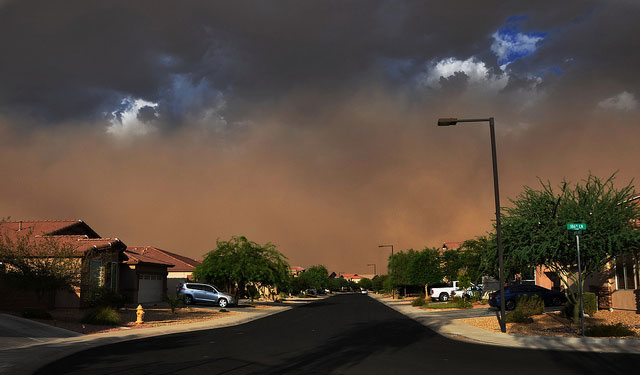
Photo by marksontok; ISO 200, f/13.0, 1/160-second exposure.
Find a set of gloves that still lets you handle your camera controls. Hunting gloves are often thin but still insulated because hunters face the same problem you do; they have to be able to make adjustments.
If you have several accessories (film, flash, filters, etc.) you may also want to consider individual zip lock bags. This works well for most extreme weather situations.
Extreme heat (120Ú F or more) may also cause battery problems, but it’s more likely to have an effect on your film or blank media. In this case it’s worth upgrading to insulated bags, like those found in many grocery stores. Another alternative to a traditional camera bag is a small lunch cooler—lightweight and insulated. If you want to use blue ice, put it in its own baggie just so no moister leaks out. Again you will want to tape off the exposed metal parts of your camera. You may or may not want to try still shooting with lightweight gloves depending how extreme the heat is. Always bring extra water for yourself. It’s very easy to get distracted by what you’re shooting and get dehydrated—or worse yet, heat stroke.
Extreme moisture (snow or rain) is the biggest threat to your equipment itself (the camera or flash or both). If we could all afford an underwater housing for our individual camera, life would be good. But since many of us either can’t find or can’t afford such a wonderful device, building your own is the next best thing. Take a large (1 gallon size) zip lock bag, place it over your camera, and cut a hole where the lens is. Use a rubber band to secure the bag to the barrel of the lens. If you have a separate lens hood, screw it into the front of the lens. If not, even a skylight filter will offer some protection. If you have both, go for it. Still keep your camera undercover when not shooting; this type of protection is only good for a few seconds at a time.
In most cases, extreme wind is not something you go out in on purpose. But for those times when it comes upon you, make sure you have some type of filter on (ideally you should do this all the time anyway). Remember a $20 filter is much easier to replace than a $300 lens. If you kept your moisture bag with you as regular camera gear, this would help dramatically. Use a tripod, and if at all possible weigh your tripod down.
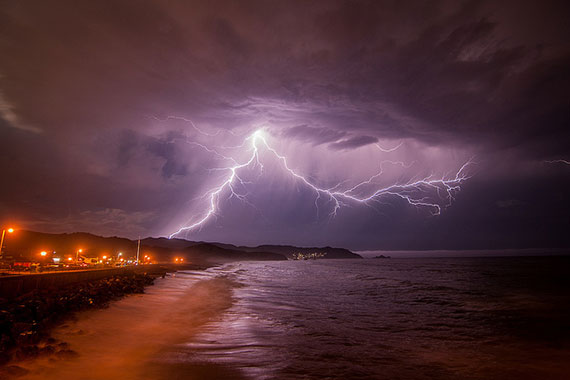
Photo by Mike.
I’ve heard of photographers who regularly carry beanbags with them for this purpose. Personally, I always carry some string with me. If my tripod is not stable enough by itself, I just tie a big rock to the center column. Regardless of what precautions you have taken, try not to shoot directly into the wind. If you are one of those who regularly carry tape with you, it would be worth taping all seals on your camera if you have to be out in it for any length of time.
Obviously, not all of us want to go out in extreme weather; but if you do just plan ahead and you may very well end up with some extreme shots that will be worth the time and effort.
About the Author:
Award winning writer and photographer Tedric Garrison has 30 years experience in photography (better-photo-tips.blogspot.com). As a graphic art major, he has a unique perspective. His photo eBook “Your Creative Edge” proves creativity can be taught. Today, he shares his wealth of knowledge with the world through his website.
Like This Article?
Don't Miss The Next One!
Join over 100,000 photographers of all experience levels who receive our free photography tips and articles to stay current:

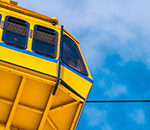

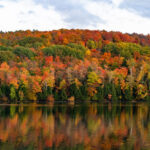


Aluminum is a far better conductor of electricity that carbon fiber. I have been shooting lightning storms for years and really don’t worry about what material the tripod is made of. Lightning will strike where it wants to. You as a human are even a better conductor as you are usually taller than the tripod. Such misinformation can be deadly. The key to shooting such storms is to learn and use weather apps with live radar so that one can see where storms, cloudbursts and most likely thunderheads are developing. When I shoot vigorous storms, I shoot from my vehicle with window mounts. Or if the location permits, from undercover of a building or some protection (covered garage levels for example).
For extreme heat, I literally wrap the front of the camera with aluminum foil. I shot the Venus Transit in the middle of the summer, in the desert at 107 degrees for 6 hours. Yes, even my Canon T2i did not overheat during this event. If you want more extreme suggestions, feel free to inquire.
Claudiu aluminum is not a conductor of electricity. Carbon fiber is highly conductor. Carbon fiber would be more of a lighting rod then aluminum tripod.
When U catch thunder lightnings U use a carbon fiber tripod, I have one from aluminum and I don’t dare to use it in open field only from shelter of a building, thank you 4 the tips